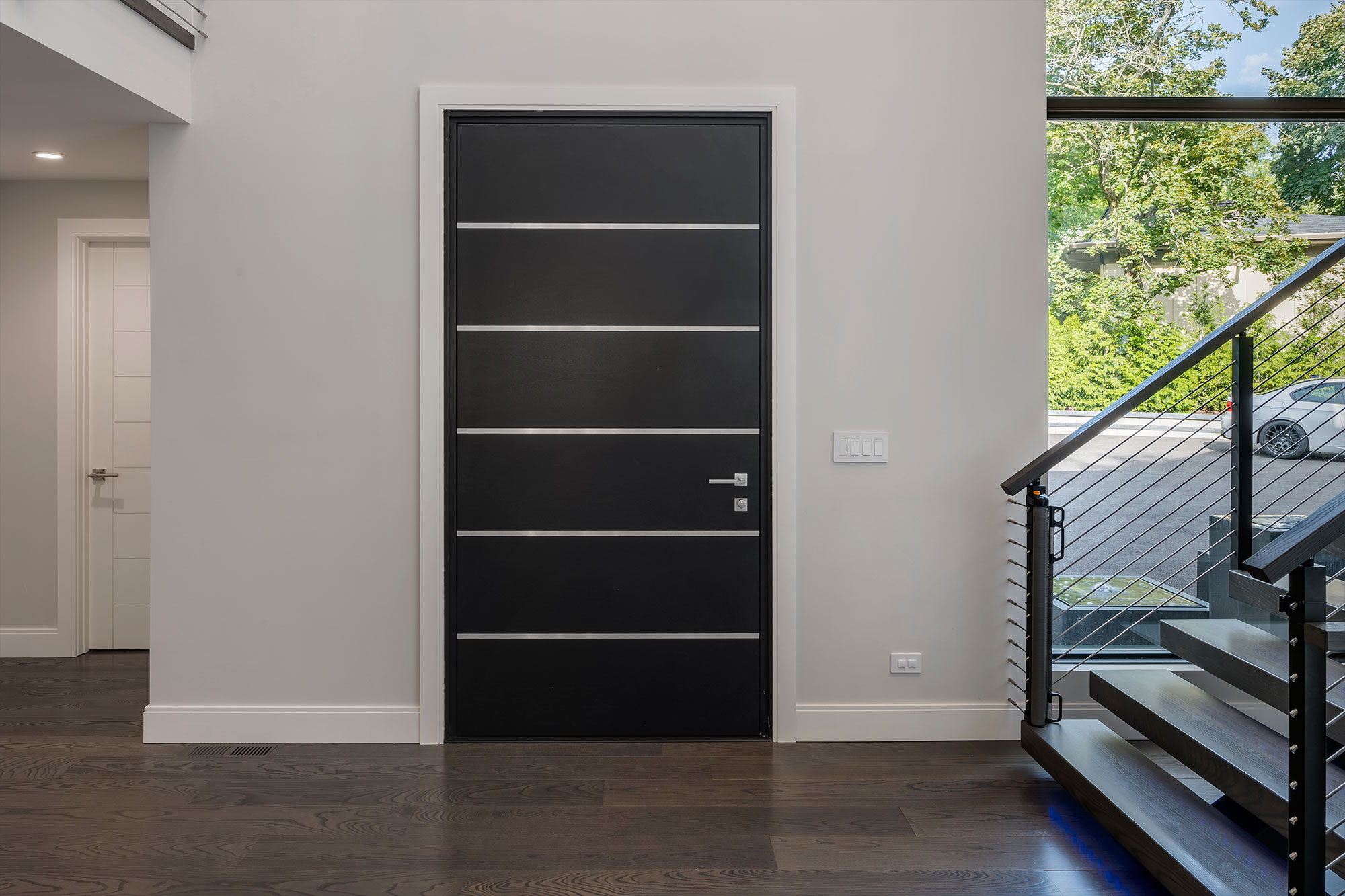How long do interior timber doors last?
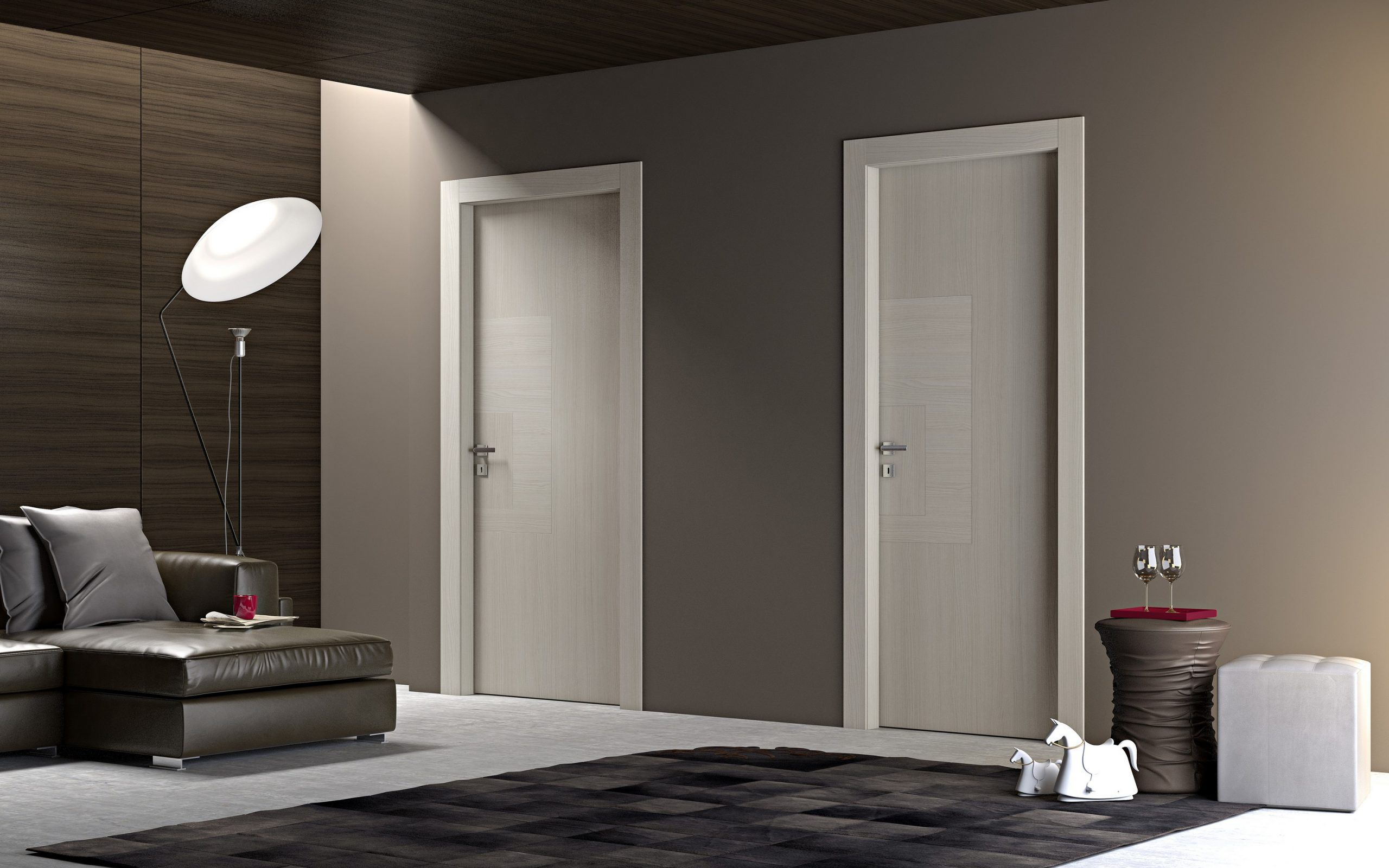
Introduction: The Longevity of Interior Timber Doors
Interior timber doors are a timeless choice for homes, offering both style and durability. These doors are made from various types of wood, including hardwoods like oak, walnut, and pine, as well as engineered wood products like MDF and plywood. Timber doors are not only visually appealing but also offer great performance when properly maintained.
Brief Explanation of Interior Timber Doors and Materials Used
Interior timber doors are crafted from natural wood or wood-based materials, providing a classic look that can complement almost any décor. Solid wood doors, made from a single piece of timber, are known for their robustness and longevity. Meanwhile, engineered wood doors, such as MDF or plywood, offer excellent strength at a more affordable price point.
Solid Wood: Known for its durability and natural appeal, solid wood is often used for high-quality interior timber doors. Whether you choose oak, maple, or walnut, each wood type brings its own unique aesthetic and texture to your home. Solid wood doors are more likely to last longer because they are resistant to warping and other damage when properly cared for.
MDF and Plywood: For those on a budget, engineered wood products like MDF and plywood are great alternatives. These materials are made by combining wood fibers or thin layers of wood, making them stable and resistant to fluctuations in humidity. While they may not have the same natural look as solid wood, they offer a more affordable and equally durable option for interior doors.
Key Benefits of Choosing Timber Doors for Interior Spaces
Timber doors offer several key benefits that make them an ideal choice for any home. These advantages go beyond aesthetics, making timber doors a smart investment for homeowners looking for longevity and quality.
1. Timeless Beauty
Timber doors exude a natural warmth and elegance that other materials cannot match. The grain patterns and textures in the wood make each door unique, adding a touch of personality to any room. Whether you go for a classic oak door or a more modern walnut finish, timber doors can easily blend with any interior design style.
2. Durability and Longevity
One of the most significant advantages of timber doors is their durability. Solid wood doors can last for decades when properly maintained, providing long-term value for your home. Timber is strong, sturdy, and naturally resistant to wear and tear, making it ideal for high-traffic areas in your home. Unlike other materials that may warp or crack over time, timber doors maintain their integrity for years to come.
3. Sound Insulation
Timber doors naturally offer better sound insulation compared to many other materials. Their dense structure helps to block noise, making them perfect for bedrooms, offices, or any space where privacy and quiet are important. If you’re looking to reduce noise in your home, a solid timber door is a reliable solution.
4. Eco-Friendly Choice
Timber is a renewable resource, making it an eco-friendly option for environmentally-conscious homeowners. Many manufacturers source their timber from sustainable forests, ensuring that the production of these doors has minimal impact on the environment. By choosing timber doors, you’re not only enhancing your home’s aesthetic but also contributing to a greener planet.
5. Customization Options
One of the greatest advantages of interior timber doors is their versatility. You can choose from a wide range of finishes, colors, and styles to match your home’s décor. Whether you prefer a traditional design with intricate panels or a sleek, modern look, timber doors can be customized to suit any taste.
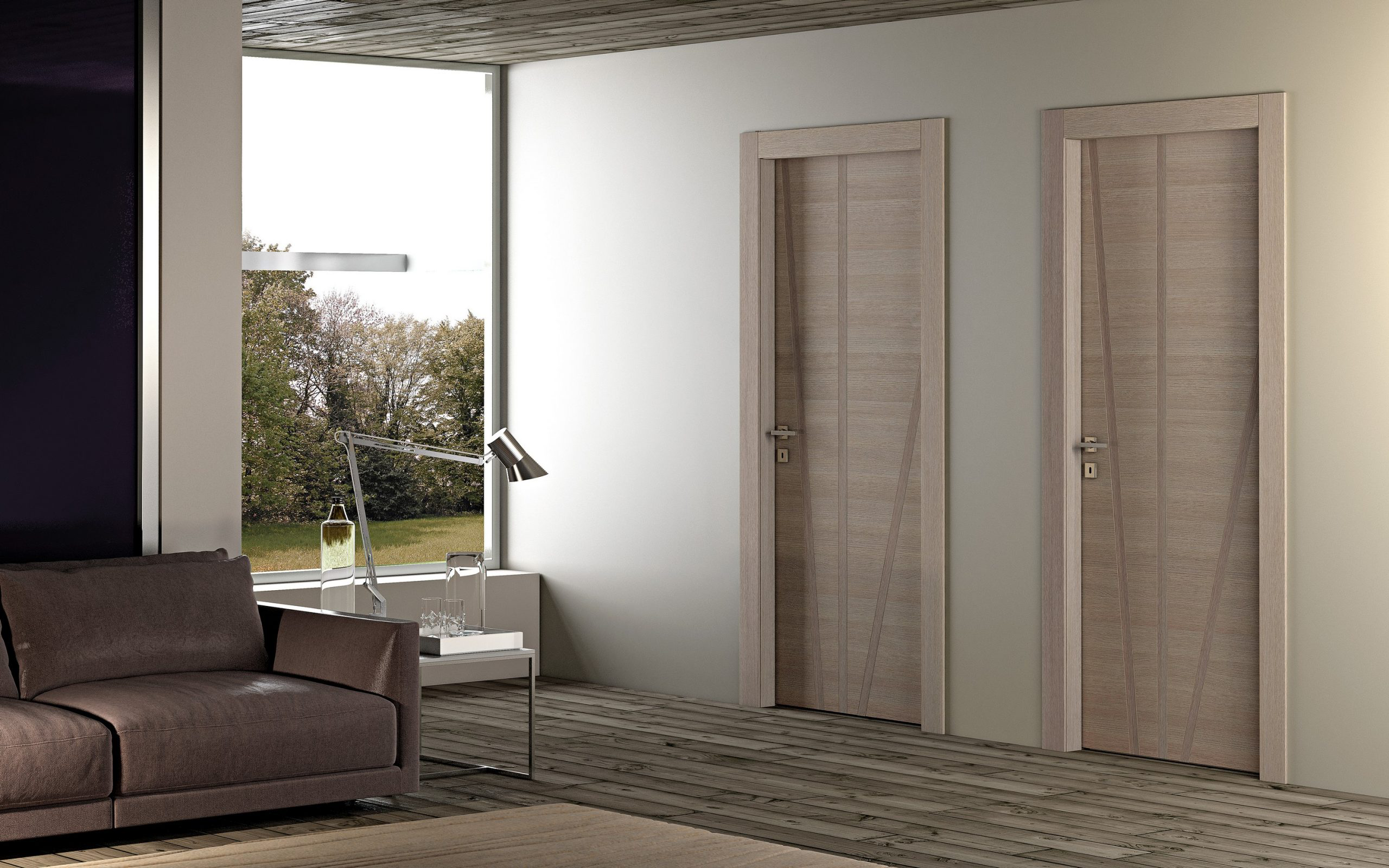
Factors Affecting the Lifespan of Interior Timber Doors
When considering the lifespan of interior timber doors, several factors come into play. From the quality of the wood used to environmental conditions, each aspect influences how long your doors will last. Among the most important factors is the quality of wood, which can significantly affect the durability and performance of your doors over time.
Quality of Wood Used
The quality of the wood is one of the most significant factors that determine how long an interior timber door will last. High-quality wood can withstand the test of time, while lower-quality materials may show signs of wear and tear much sooner. Whether you choose solid wood, MDF, or plywood, the choice of material plays a critical role in the door’s longevity.
Differences Between Solid Wood, MDF, and Plywood Doors
Solid Wood Doors
Solid wood doors are often considered the gold standard in terms of durability. Made from a single piece of wood, solid wood doors are dense and strong, making them resistant to cracking and warping. These doors are typically made from hardwoods like oak, maple, or walnut, which are known for their strength and natural beauty. Solid wood doors are highly durable and can last for many years, especially if well-maintained.
MDF (Medium Density Fiberboard) Doors
MDF is an engineered wood product made from wood fibers and resin. Unlike solid wood, MDF doors are smoother and denser, offering a more affordable alternative without compromising much on durability. However, MDF doors are more susceptible to damage from moisture and are not as strong as solid wood. While they offer great sound insulation and are less likely to warp than plywood, they can degrade over time if exposed to excessive moisture or wear.
Plywood Doors
Plywood is made by layering thin sheets of wood veneer, which are glued together under high pressure. They tend to be lighter than solid wood doors but still offer a good level of strength and durability. They are less prone to warping compared to MDF doors, but the quality of the plywood can vary greatly. Higher-quality plywood doors are typically more durable, while lower-quality options might not last as long.
How Different Wood Types Impact Durability?
Hardwood vs. Softwood
The type of wood used in your interior timber door also affects its longevity. Hardwoods like oak, mahogany, and cherry are naturally denser and more durable, making them ideal choices for doors that will see heavy use. These woods are less likely to dent or scratch and can withstand moisture better than softer woods.
On the other hand, softwoods like pine or cedar are lighter and more affordable but may not last as long. They are more prone to dents and scratches and can warp more easily, especially in humid environments. While softwood doors can still be a good choice for less frequently used spaces, they may need more care to maintain their appearance and structure.
Moisture Resistance
Wood’s ability to resist moisture is crucial when considering its durability. Hardwoods, like teak and oak, tend to be more moisture-resistant compared to softer woods. This makes them better suited for areas with fluctuating humidity levels, such as bathrooms or kitchens. MDF, while dense, tends to absorb moisture and can swell or warp if exposed to high humidity. Plywood doors, depending on the quality and finish, can also be susceptible to moisture, but generally perform better than MDF in this area.
Wood Finishing and Treatment
Regardless of the type of wood, the treatment and finishing applied to the door will greatly affect its longevity. High-quality wood finishes, like varnish or lacquer, protect the wood from moisture, dirt, and wear. Regular reapplication of these finishes can help maintain the door’s integrity and extend its lifespan.
Maintenance and Care
Regular upkeep is crucial when it comes to preserving the condition of your interior timber doors. Like any element in your home, doors experience daily wear and tear from usage, weather conditions, and other environmental factors. However, with the right care, these doors can remain in excellent condition for decades.
Regular Cleaning and Varnishing to Extend Life
Cleaning your interior timber door regularly is one of the easiest and most effective ways to maintain its appearance and durability. Dust, dirt, and moisture can cause wear on the surface, leading to scratches and even potential damage over time. A simple wipe with a damp cloth can remove most dirt. For more stubborn stains, you can use a mild cleaning solution specifically designed for wood surfaces. Avoid harsh chemicals, as these can strip away the protective finish and leave your door vulnerable to damage.
Varnishing or sealing your timber door helps to protect it from moisture, dirt, and scratches. Over time, the varnish or finish on a timber door can wear away, especially in high-traffic areas. Reapplying varnish or a protective sealant every few years can add a layer of protection and keep the door looking fresh. This treatment prevents the wood from absorbing moisture, which is one of the main culprits behind swelling, warping, and cracking. For solid wood interior doors, this is especially important, as untreated wood can deteriorate much faster.
Additionally, periodic inspection of your door’s finish can prevent small problems from becoming bigger issues. If you notice areas where the finish is thinning or worn, take immediate action. A quick touch-up or reapplication can greatly extend the lifespan of your door.
How Neglecting Maintenance Shortens Door Lifespan?
Neglecting to care for your interior timber door properly can shorten its lifespan considerably. Without regular cleaning, dirt and grime can accumulate, causing scratches and abrasions that not only affect the door’s appearance but can also weaken its structure. If these scratches aren’t dealt with, they may turn into cracks or more severe damage, eventually requiring expensive repairs or replacement.
Furthermore, failing to maintain the finish or protective varnish on your door exposes the wood to environmental factors like humidity and temperature changes. When timber is not sealed properly, moisture can seep into the wood, leading to swelling, warping, and mold growth. These issues can be expensive and difficult to fix, and often result in the need to replace the door entirely.
In addition, neglecting to fix small problems, such as loose hinges or squeaky doors, can also lead to bigger issues. For example, if the hinges become loose and are not tightened, they could cause the door to hang unevenly. This puts unnecessary stress on the door frame, which can lead to further damage or misalignment, eventually rendering the door unusable.
By skipping regular maintenance tasks, you’ll likely find yourself replacing your interior timber doors much sooner than you would expect. The good news is that with just a little effort and attention, you can avoid these issues and keep your doors functioning properly for many years to come.

Environmental Conditions
The environmental conditions around your home play a significant role in determining how long your interior timber doors will last. Things like humidity, temperature, and sunlight exposure can all impact the integrity of the wood, causing it to degrade over time if not properly managed. Understanding how these environmental factors affect your interior timber doors is crucial for maintaining their appearance and functionality.
Humidity and Temperature: Impact on Wood
Humidity is one of the most significant factors that affect the lifespan of your timber doors. Wood is a natural material that reacts to changes in moisture levels in the air. When the humidity is high, wood absorbs moisture and swells. On the other hand, in dry conditions, wood loses moisture and contracts. This constant expansion and contraction can lead to cracks, warping, and even splitting, reducing the door’s lifespan.
For interior timber doors, the ideal humidity range is between 40% and 60%. If your home experiences high humidity levels, like in bathrooms or kitchens, it can be particularly hard on your timber doors. In these areas, doors are more likely to absorb excess moisture, which can cause the wood to expand and warp. On the other hand, low humidity can cause the wood to shrink, which might lead to gaps or even the door sticking in the frame.
Temperature also plays a role in how your interior timber doors react. High temperatures can cause wood to dry out faster, leading to cracks or even shrinkage. Conversely, cold temperatures can make wood brittle and more susceptible to damage. For homes with extreme temperature fluctuations, keeping doors in well-regulated spaces can help protect them from the harmful effects of temperature extremes.
To prevent these problems, consider using a humidifier in dry areas during the winter to maintain a stable moisture level. In humid climates, dehumidifiers can help control excess moisture. Additionally, ensure that your home maintains a consistent temperature throughout the year to reduce the strain on your interior timber doors.
Humidity and Temperature: Impact on Wood
While sunlight can enhance the warmth and beauty of a room, it can also be quite damaging to interior timber doors over time. Direct sunlight can cause the wood to fade, discolor, and weaken. UV rays can break down the protective finish on the door, leaving the wood exposed to further damage from environmental factors.
Over time, sunlight exposure causes the wood’s fibers to break down, making it more prone to scratches, dents, and other surface damage. This can lead to a noticeable loss in the door’s appearance, especially if the door is in a high-traffic area or a room with large windows that let in a lot of sunlight.
To protect your interior timber doors, try to limit direct sunlight exposure as much as possible. Using window treatments like blinds or curtains can block out harmful UV rays, reducing the risk of fading and cracking. If you cannot avoid sunlight exposure, consider using a UV-resistant varnish or finish on your doors to add an extra layer of protection. This type of finish helps to preserve the wood’s color and integrity, even when exposed to sunlight.
If you live in an area with strong sunlight, or if your doors are placed near large windows, regular reapplication of protective finishes will help to maintain the door’s strength and visual appeal. This simple maintenance task can go a long way in ensuring your timber doors stand the test of time.
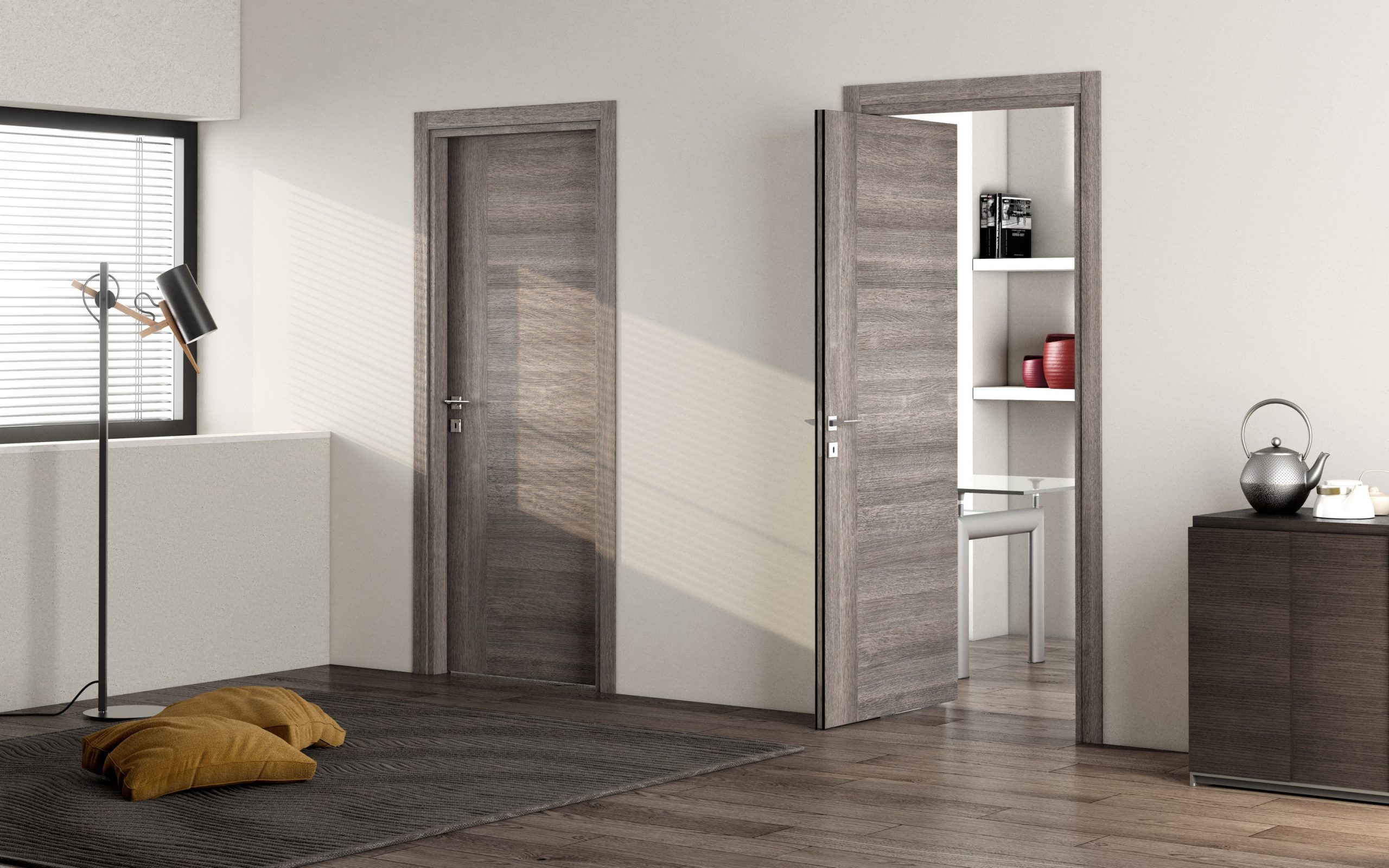
How Long Can You Expect an Interior Timber Door to Last?
When investing in interior timber doors, it’s natural to wonder how long they will last. Timber doors are known for their durability, but their lifespan depends on several factors, including the type of wood used, environmental conditions, and maintenance. Understanding how long you can expect your interior timber doors to last will help you plan for repairs or replacements and make informed decisions about your home’s interior.
Average Lifespan of Timber Doors
On average, interior timber doors can last anywhere from 20 to 30 years, with proper care and maintenance. High-quality solid wood doors often have a longer lifespan compared to engineered wood doors like MDF or plywood. However, the durability of your timber door ultimately depends on how well it’s maintained, the environment it’s in, and how often it’s used.
On Average, How Long Do Interior Timber Doors Last?
Solid Wood Doors
Solid wood interior doors, made from high-quality hardwoods like oak or walnut, are the most durable option and can last up to 30 years or more with regular care. These doors are built to withstand wear and tear, and their natural density provides long-lasting strength. If the wood is properly treated and maintained, it can handle years of use without losing its integrity.
However, solid wood doors can be more sensitive to changes in humidity and temperature, so ensuring they’re kept in a controlled environment will help extend their lifespan. Regular cleaning and reapplying protective finishes like varnish or lacquer will also keep them looking and functioning like new for decades.
MDF and Plywood Doors
MDF and plywood doors are more affordable options, but they have a slightly shorter lifespan compared to solid wood doors. On average, these doors can last between 15 and 20 years, depending on the quality of the material and how well they’re maintained. While MDF and plywood are durable and resistant to warping, they can be more susceptible to moisture damage than solid wood. Regular maintenance, such as sealing the doors and ensuring they’re not exposed to excess moisture, can help increase their longevity.
Even though these doors may not last as long as solid wood, they’re still a solid choice for areas with less extreme environmental conditions, such as living rooms or bedrooms. By taking care of them, you can ensure they provide many years of reliable service.
Environmental Factors and Usage
The environment where your interior timber doors are placed also plays a significant role in how long they last. For example, doors in high-humidity areas like bathrooms or kitchens may experience more wear due to moisture, which can shorten their lifespan. On the other hand, doors in climate-controlled areas with moderate temperature and humidity will last much longer.
Additionally, how often the door is used can impact its durability. A door that gets daily use, like a bedroom or living room door, may show signs of wear faster than a door in a less frequented area. Regular cleaning and maintenance can reduce the effects of frequent use and keep the door functioning smoothly for years.
Signs That Your Timber Door Needs Replacing
As your interior timber door ages, it will naturally change. Some of these changes are perfectly normal, while others can indicate that the door has reached the end of its useful life. Here are some key signs to look for when determining whether it’s time to replace your timber door:
Cracks, Swelling, Difficulty Closing or Opening
Cracks in the Wood
One of the most obvious signs that your interior timber door needs replacing is the presence of cracks. Over time, wood can dry out and develop cracks, especially if it has been exposed to fluctuating humidity and temperature. While minor cracks can sometimes be repaired, larger or deeper cracks often signal that the door has become structurally compromised. If cracks are visible along the surface or along the edges of the door, it’s a sign that the integrity of the material is weakening, and a replacement may be necessary.
Swelling and Warping
Another common issue with interior timber doors is swelling or warping. This is particularly true for doors in areas with high humidity, such as bathrooms or kitchens. When wood absorbs moisture, it expands and can cause the door to swell. As a result, the door may become difficult to open or close properly. Swelling can also lead to a misalignment with the frame, making it harder to achieve a tight seal. If your door no longer closes smoothly or sticks in the frame due to swelling, it might be time to replace it.
Difficulty Opening or Closing
If your interior timber door is suddenly harder to open or close than it used to be, this can be a clear indication that something is wrong. Over time, the door’s hinges may become loose, or the door itself may start to warp, affecting its functionality. This issue is often a result of moisture damage or wear and tear. While minor misalignments can usually be fixed with a few adjustments to the hinges, doors that constantly stick or jam may require a full replacement.
How to Tell If Your Door Is Past Its Prime?
Aside from cracks, swelling, and difficulty in operation, here are a few more ways to tell if your interior timber door is no longer serving its purpose:
Visible Discoloration or Fading
While fading may seem like a cosmetic issue, it can actually signal deeper problems. Interior timber doors that have been exposed to too much sunlight or environmental stress may fade or discolor. If your door’s finish has worn down and can no longer be restored with a simple touch-up, it might be time to replace it. Discoloration can also indicate moisture damage, which, if left unaddressed, can lead to more serious issues.
Drafts and Poor Insulation
An important function of your interior timber door is to provide insulation, helping to keep your home comfortable. If you start feeling drafts around the door, it could be a sign that the door’s seal has worn out. Gaps around the door can lead to energy loss and uncomfortable indoor temperatures. Even with weather stripping in place, doors that no longer fit properly may need to be replaced.
Sound and Functionality Issues
If you notice unusual noises, such as creaking or squeaking, every time you open or close your interior timber door, it could be a sign of structural damage. These noises are often caused by loose hinges or internal stress within the door material. Over time, these issues can worsen, affecting the door’s overall function. If these problems can’t be easily fixed or the door’s performance continues to degrade, it may be best to replace it.
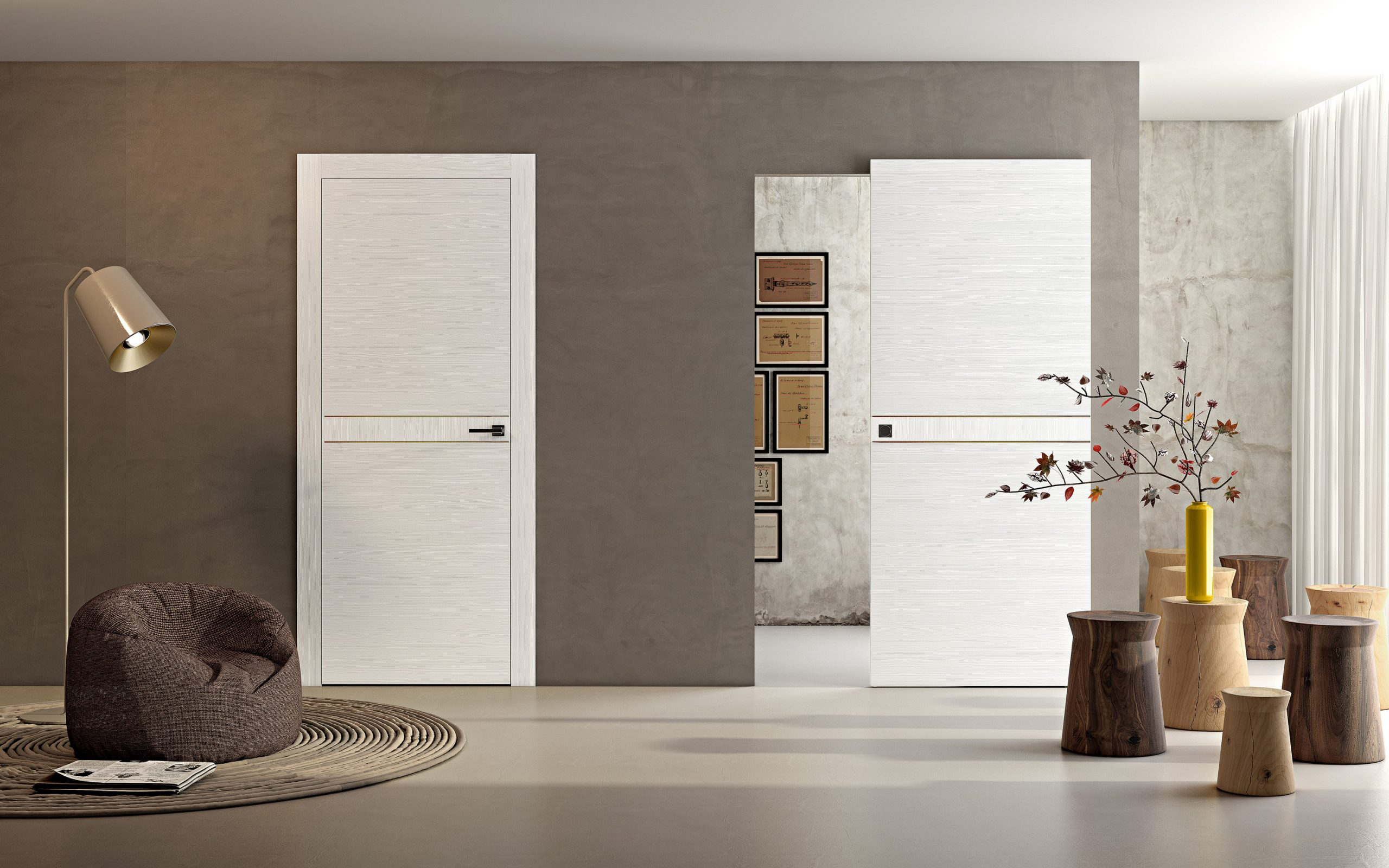
How to Extend the Lifespan of Your Timber Door?
To keep your interior timber door looking great and functioning well for many years, proper care and cleaning are essential. Timber doors are durable, but without the right maintenance, they can lose their charm and even become damaged. Let’s explore some cleaning techniques that can help you extend the lifespan of your timber door and keep it in top condition.
Proper Cleaning Techniques
Cleaning your interior timber door may seem simple, but doing it correctly will help preserve its appearance and functionality. Over time, dust, dirt, and grime can accumulate, dulling the finish and even causing surface damage. Regular cleaning is the best way to avoid these issues.
What Cleaning Products to Use?
What to Use
When cleaning your interior timber door, it’s important to choose cleaning products that are gentle yet effective. Always opt for mild cleaners that are specifically designed for wood or natural surfaces. Wood-specific cleaners or all-purpose cleaning solutions without harsh chemicals are a safe choice. You can also use a mixture of warm water and a few drops of mild dish soap to clean your door’s surface. Always test any cleaning product on a small, hidden area of the door first to ensure it won’t damage the wood or finish.
What to Avoid
Avoid using abrasive cleaners, which can scratch and damage the surface of your interior timber door. Products like bleach, ammonia, or solvents can strip away the finish, leading to discoloration or weakening the door. Steer clear of polishes that contain silicone, as these can leave a residue that’s difficult to remove and may cause buildup over time. Harsh scrub brushes or steel wool should also be avoided, as they can scratch the door’s surface, creating permanent marks.
In summary, the best approach is to use gentle, wood-friendly cleaners that won’t strip the finish or harm the timber. Always stay away from strong chemicals that could damage the door in the long run.
How Often Should You Clean Your Timber Door?
The frequency of cleaning your interior timber door depends on its location and the level of traffic it gets. If your door is in a high-traffic area or has visible dirt and grime, it’s a good idea to clean it more often. For most homes, cleaning the door every 1-2 weeks should be sufficient. Regular cleaning helps to prevent dirt from building up, which can dull the finish and lead to more serious issues down the road.
For doors in bathrooms or kitchens, where they are exposed to moisture and cooking residues, you may need to clean them more frequently—perhaps once a week. These areas are more likely to accumulate moisture, which can cause the wood to expand, warp, or swell. In these cases, regular cleaning will help prevent moisture buildup and protect the door’s finish.
In less-used spaces, like guest rooms or storage areas, cleaning can be done less frequently, every month or so. However, it’s still important to wipe down the door occasionally to remove dust and prevent buildup that could cause damage over time.
Seasonal cleaning is also recommended. For example, during the winter months, when indoor air tends to be drier, it’s a good idea to clean and moisturize your door to help prevent the wood from cracking. During the summer, when humidity levels rise, ensure the door is clean and well-sealed to avoid moisture-related damage.
Regular Maintenance and Inspections
One of the best ways to extend the lifespan of your interior timber door is through regular maintenance and inspections. By staying on top of small repairs and checking for any early signs of damage, you can catch problems before they escalate. Two important aspects of maintenance are reapplying varnish or sealant and checking the door frame and hinges for wear.
Reapplying Varnish or Sealant
Reapplying varnish or sealant is one of the most effective ways to protect your interior timber door from moisture, dirt, and scratches. Over time, the protective layer on your door can wear down due to constant use, exposure to sunlight, and environmental changes. Reapplying varnish or a sealant every few years can help preserve the wood and prevent damage.
Why is varnish important?
Varnish serves as a protective barrier for your timber door, preventing moisture from seeping into the wood. This is particularly important for doors in rooms with high humidity, like bathrooms or kitchens. Without this protection, the wood can swell, warp, or even develop mold over time. A good coat of varnish helps keep the door’s shape intact and protects its finish from scratches and fading.
How often should you reapply?
The frequency of reapplication depends on the environment and usage of the door. For interior timber doors in high-traffic areas or humid environments, it’s a good idea to reapply varnish or sealant every 1-2 years. In less-used spaces, you may be able to extend this to every 3-4 years. Always check the door’s surface for signs of wear, such as cracks or dull spots, and reapply when necessary to maintain the protection.
How to reapply varnish or sealant?
When applying varnish or sealant, make sure the surface is clean and dry. Lightly sand the surface to remove any rough spots, then apply a thin coat of varnish with a brush or cloth. Follow the manufacturer’s instructions for drying times between coats. Make sure to cover the entire surface for even protection. This simple step can significantly extend the life of your timber door.
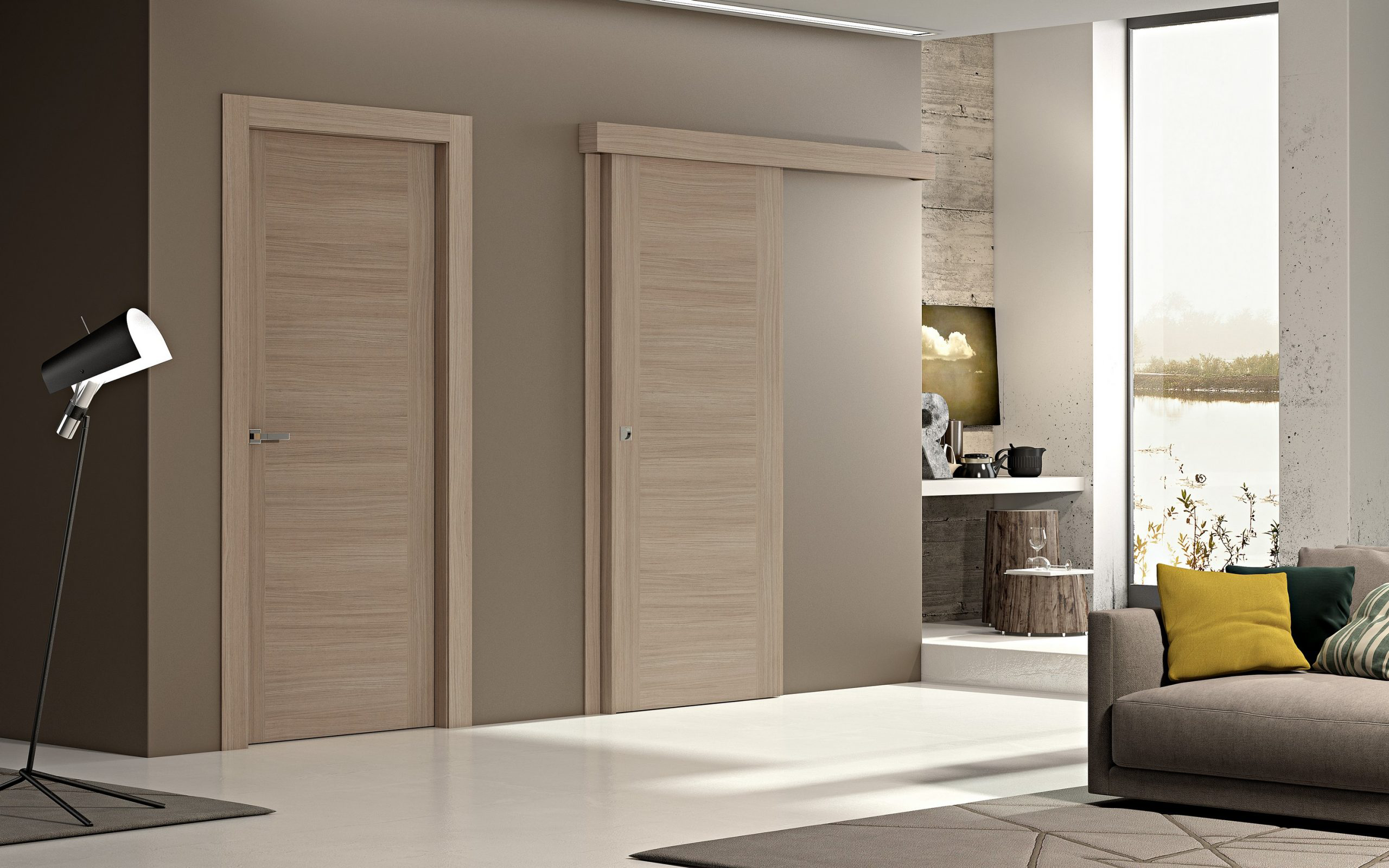
Checking Door Frame and Hinges for Wear
Regularly inspecting the door frame and hinges is equally important in maintaining the longevity of your interior timber door. Even if the door itself appears fine, the frame and hinges can wear out over time, causing the door to become misaligned or difficult to operate.
Check the Door Frame
The door frame supports the weight of the entire door, so it’s essential to ensure it remains intact. Look for any signs of damage, such as cracks, warping, or loosening of the frame. A poorly maintained frame can cause the door to become misaligned, making it difficult to open or close smoothly. If you notice any damage, it’s best to fix it early to prevent further issues.
Inspect the Hinges
Hinges are an area that often gets overlooked, but they play a critical role in the door’s functionality. Over time, the screws holding the hinges in place can loosen, causing the door to sag or become uneven. This can lead to extra wear on both the door and the frame. Regularly tighten the screws and check for any signs of rust or wear on the hinges. If the hinges are worn out or damaged, consider replacing them to keep the door functioning properly.
Protecting Your Door from Environmental Factors
Environmental conditions like moisture, temperature fluctuations, and exposure to the elements can cause interior timber doors to warp, swell, or crack. Thankfully, there are several straightforward ways to protect your door and extend its lifespan.
Using Weatherstripping and Door Covers
Weatherstripping is a simple yet highly effective way to protect your interior timber door from moisture and drafts. It acts as a seal, preventing air and water from seeping through the gaps around your door. Over time, air leaks can cause temperature fluctuations that impact the door’s structure, causing it to expand or contract. This can lead to warping or cracking, especially in humid or cold environments.
Adding weatherstripping around the edges of your interior timber door is an easy DIY project that can help preserve the wood and improve your home’s energy efficiency. There are many types of weatherstripping materials available, including foam tape, rubber, and metal strips. Choose one that suits your door’s style and the environmental conditions of your home.
Door covers are another great option to shield your interior timber door from damage caused by temperature and humidity. If your door is exposed to direct sunlight or drafts, placing a door cover or curtain over it can provide an extra layer of protection. This is especially useful for doors located in areas like entryways or rooms with large windows, where sunlight can cause the wood to fade and dry out. By blocking direct sunlight or strong winds, door covers can help preserve the wood’s integrity and prevent fading or cracking.
Placing Timber Doors in Rooms with Stable Climates
One of the best ways to protect your interior timber door is to place it in a room with a stable climate. Timber doors are highly sensitive to fluctuations in temperature and humidity. These changes can cause the wood to expand, contract, or absorb moisture, leading to long-term damage like swelling, warping, or cracking.
Place your interior timber door in a room with a consistent, moderate climate. For example, avoid putting timber doors in areas prone to high humidity, such as bathrooms or kitchens. These spaces experience significant moisture changes, which can affect the door’s structure over time. Instead, choose rooms that have climate control, like living rooms or bedrooms, where temperature and humidity levels are easier to maintain.
In rooms with fluctuating conditions, consider using a dehumidifier to control moisture levels or an air conditioner to maintain a stable temperature. If your door must be placed in a room with high humidity, make sure to reapply a protective finish or varnish regularly to create an extra layer of defense against moisture.
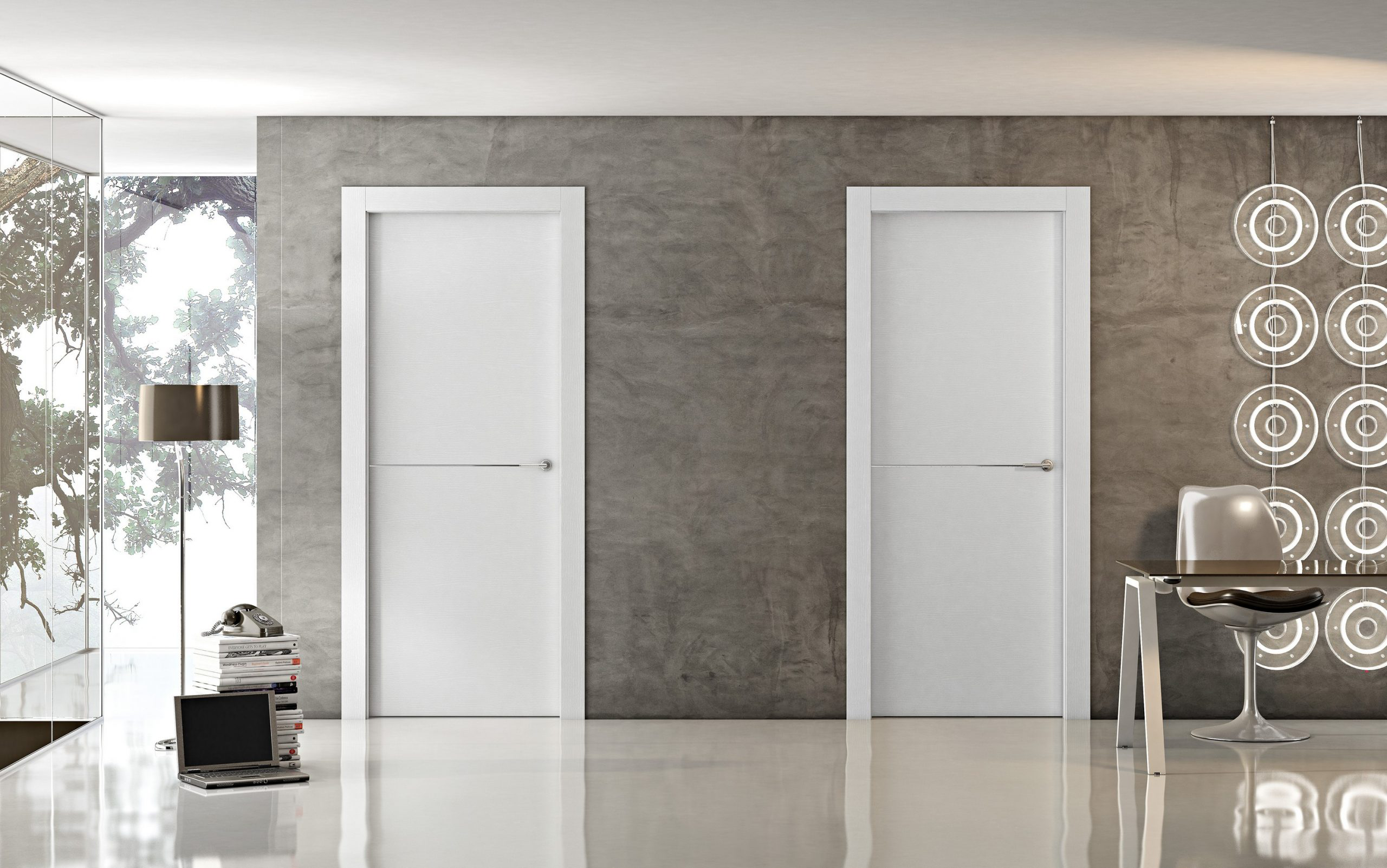
How to Choose the Right Timber Door for Longevity?
Choosing the right interior timber door is essential if you want it to last for many years. Not all timber doors are created equal, and selecting the right one based on your home’s needs can make a big difference in both durability and overall performance. By considering factors like wood type, design, and environmental conditions, you can ensure that your door will stand the test of time. Here’s how to make an informed choice when selecting your timber door.
Tips on Selecting a Durable Door Based on Your Home’s Needs
Consider the Environment
When choosing an interior timber door, think about the climate and environmental conditions in your home. For example, rooms with high humidity (like bathrooms and kitchens) are more likely to cause wood to swell, warp, or crack. If you’re placing your interior timber door in a space prone to moisture, look for water-resistant wood types like oak or teak, which can withstand these conditions better than others. You may also want to apply a high-quality waterproof finish to protect the door further.
For high-traffic areas, such as living rooms or hallways, choose a durable solid wood door that can handle frequent use without losing its appearance or function. Solid wood doors made from hardwoods like oak, walnut, or mahogany offer the best resistance to wear and tear. On the other hand, MDF or plywood doors are a good choice for less-used areas, as they are generally less expensive but still durable.
Think About the Door’s Purpose
The function of the door can also influence your decision. If you need a door for privacy or noise reduction, a solid timber door or one with a solid core is ideal. Solid timber is denser and better at blocking sound, which can be helpful in bedrooms or offices. For doors that don’t need to block as much sound, a hollow core MDF door can be a more affordable option without sacrificing too much durability.
Design and Style Preferences
Your interior timber door should match the overall style of your home. Whether you want a traditional look or a more modern feel, there are timber doors to fit every aesthetic. Opt for doors with modern finishes or minimalist designs for contemporary homes, or choose intricate panel designs for more classic or traditional spaces. Keep in mind that certain styles may require more maintenance (e.g., detailed carvings) while others, like flat-panel designs, are easier to clean and maintain.
Cost-saving Options Without Sacrificing Quality
Choose Engineered Wood Options
If you’re on a budget but still want a durable interior timber door, engineered wood doors like MDF or plywood can be a great alternative. These materials are often more affordable than solid wood but can still offer strength and durability. MDF doors are particularly popular because they are less prone to warping compared to solid wood doors and are typically more affordable while still providing a smooth, high-quality finish. They are also an excellent option for painting, as they accept paint well and provide a consistent, smooth surface.
Look for Sales and Discounts
Another way to save on interior timber doors is to shop during sales or look for discounts. Many home improvement stores and online retailers offer periodic sales, especially around holidays or during clearance events. You can often find high-quality doors at a reduced price during these times. Don’t be afraid to check for special offers or bulk deals, especially if you’re outfitting an entire home with timber doors.
Consider Pre-finished Doors
Pre-finished interior timber doors can save you both time and money. These doors come already stained, varnished, or painted, which eliminates the need for additional finishing costs or effort on your part. While pre-finished doors may cost more upfront, they can save you in the long run because they require less maintenance and are protected from damage right away. This can be a cost-effective option, especially for doors exposed to wear and tear, like those in high-traffic areas.
Opt for Simplified Designs
The more intricate the design, the higher the cost. While ornate doors with detailed carvings or paneling can be beautiful, they can also increase the price due to the added labor and materials. If you’re looking to save, consider choosing a simpler design. Modern, sleek doors with a minimalist approach tend to be less expensive while still adding elegance and style to your home. These simpler designs also tend to be easier to clean and maintain, which can save you money on upkeep over time.
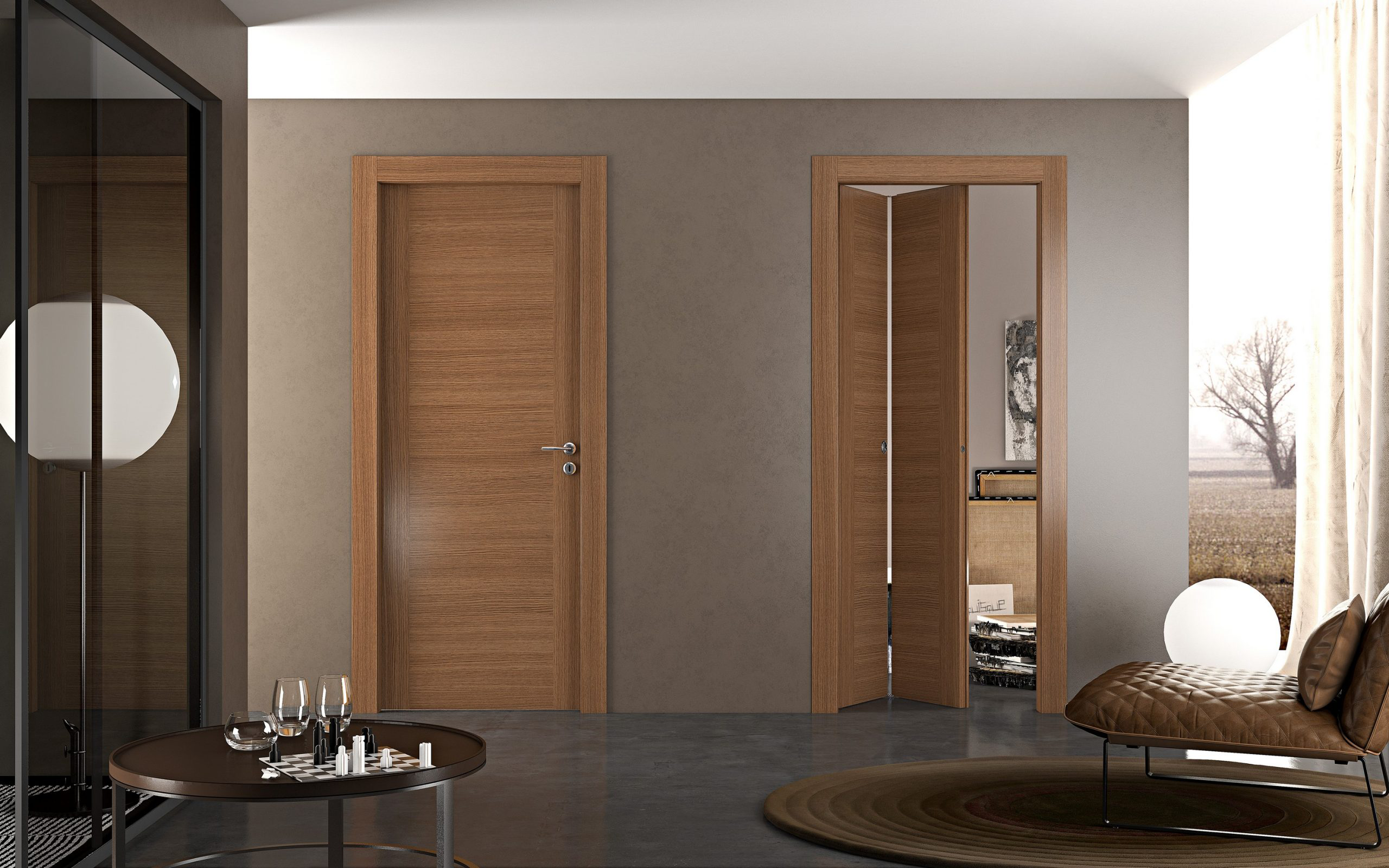
Final Thoughts
Making the Right Decision for Your Interior Doors
The right interior door can greatly impact the overall look and feel of your home, so it’s crucial to select one that meets both your practical needs and aesthetic preferences. Interior timber doors are a great option if you value natural beauty and longevity. They add warmth, texture, and character to any room. However, it’s essential to also consider factors like climate, budget, and the room’s functionality before making your final decision.
Start by assessing the environmental factors in the areas where you’ll install the doors. For example, if you’re placing timber doors in rooms with fluctuating humidity, such as bathrooms or kitchens, opt for wood types that can withstand these conditions, like oak or teak. You may also want to apply protective finishes, such as varnish or sealant, to ensure the door lasts longer.
Next, think about the door’s function. If you need doors for high-traffic areas, like hallways or living rooms, choose solid timber doors for durability. If you’re working with a tighter budget, MDF or plywood doors can offer solid performance and still maintain the classic timber look without the premium price tag.
Finally, don’t forget about the style of your home. Whether you prefer a traditional or modern design, interior timber doors come in various styles and finishes that can complement any aesthetic. Simpler designs tend to be less expensive and easier to maintain, while intricate panel doors can elevate the look of more formal rooms.
Whether to Choose Timber or Other Materials for Your Home
While interior timber doors are a popular choice, they’re not the only option available. When deciding between timber and other materials like MDF, glass, or steel, it’s essential to weigh the pros and cons of each based on your home’s needs and your personal preferences.
Timber Doors
Timber doors provide a natural, timeless appeal that’s hard to match. They are durable, long-lasting, and add character to any space. The rich grain and texture of solid wood doors make them a standout feature in any room. Timber is also an eco-friendly choice, as it’s a renewable resource when sourced responsibly. However, timber doors may require more maintenance than other materials to keep them looking their best, especially if exposed to moisture or sunlight.
MDF Doors
If you’re looking for an affordable and low-maintenance option, MDF interior doors may be a great choice. MDF doors provide a smooth surface for painting and can offer a clean, modern look. They are also more resistant to warping than solid wood doors, making them a good option for areas with fluctuating humidity. However, they may not have the same rich texture and natural beauty as timber doors.
Glass Doors
Glass interior doors can bring a sleek, contemporary feel to a home. They allow light to pass through, making rooms feel larger and brighter. Glass doors are often used for internal spaces that require privacy without sacrificing natural light, like offices or living rooms. However, glass doors can be fragile and require more care in terms of cleaning and maintenance.
Steel or Aluminum Doors
For areas requiring extra security or durability, steel or aluminum doors are an excellent option. These materials are strong, low-maintenance, and provide excellent protection against wear and tear. However, they lack the warmth and character of timber doors, and their appearance might not suit every home’s décor.
Conclusion
In conclusion, choosing between interior timber doors and other materials depends on several factors, including your budget, the function of the room, and your desired aesthetic. If you’re looking for a lower-maintenance option or a modern design, materials like MDF, glass, or steel may be more suitable for your needs.
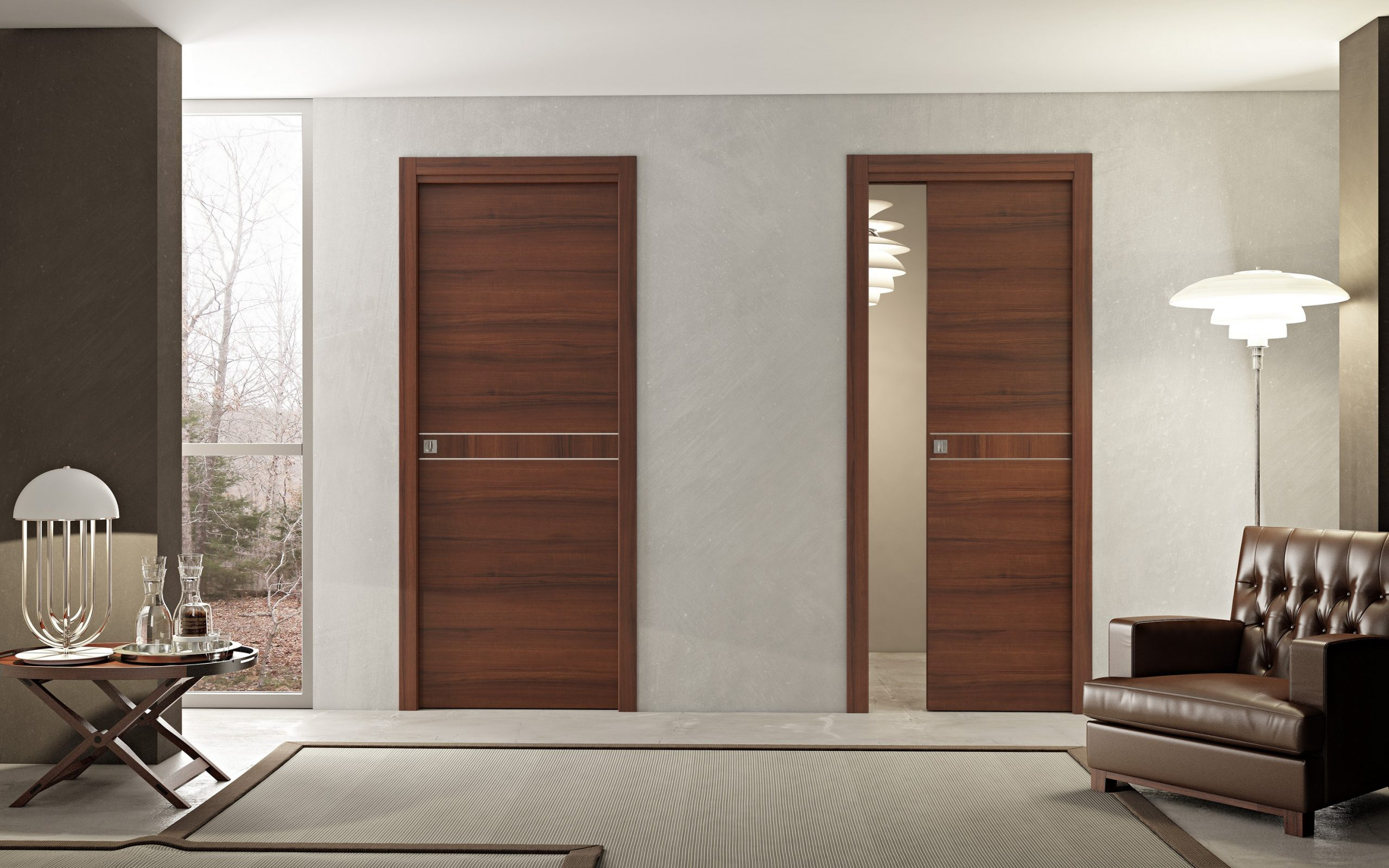
Relate FAQ
How long do interior timber doors last?
Interior timber doors are highly durable and can last anywhere between 30 and 60 years with proper maintenance. The lifespan largely depends on factors like the quality of the timber, usage, and environmental conditions. For example, doors in high-traffic areas may wear out faster than those in quieter, well-maintained spaces.
What factors affect the lifespan of timber interior doors?
Several factors can influence the lifespan of interior timber doors:
- Wood Quality: High-quality hardwoods like oak or mahogany can last longer than softwoods like pine.
- Environmental Conditions: Humidity and temperature fluctuations can cause wood to expand and contract, which might affect its durability.
- Maintenance: Regular varnishing, cleaning, and care can extend the life of your timber door.
- Traffic: Doors in high-traffic areas are more likely to suffer from wear and tear.
How can I maintain my timber interior door to make it last longer?
To prolong the life of your timber interior doors:
- Regular Cleaning: Dust and wipe down doors frequently to avoid dirt buildup.
- Polishing & Varnishing: Apply a coat of polish or varnish every 2 to 3 years to protect the wood from moisture and wear.
- Inspect for Damage: Regularly check for cracks, scratches, or any signs of damage and address them promptly.
- Avoid Direct Sunlight: UV rays can cause wood to fade and weaken over time.
Can interior timber doors be repaired if damaged?
Yes, timber doors are generally repairable. Small dents, scratches, and even larger cracks can often be fixed with wood fillers, sanding, and repainting. For significant damage, professional restoration may be required to preserve the door's functionality and appearance.
Are there any advantages to choosing timber doors over other materials?
Timber doors offer several advantages, including:
- Aesthetic Appeal: Timber provides a natural, timeless look that suits many interior designs.
- Insulation: Timber has excellent natural insulating properties, keeping rooms warmer in winter and cooler in summer.
- Longevity: With proper care, timber doors can outlast doors made of synthetic materials.
- Sustainability: If sourced responsibly, timber is a renewable resource.
Do interior timber doors need to be replaced or just refurbished?
If your timber door is still structurally sound, it may only need refurbishing rather than a complete replacement. Refinishing the door with new paint or varnish can refresh its appearance and extend its life for several more years. Only replace the door if it's severely damaged or beyond repair.
Are there different door sizes for different spaces?
Yes, interior doors come in various standard sizes. The most common size for a typical room door is 30 inches wide by 80 inches tall. However, custom sizes are available if you need a door that fits a non-standard opening, such as for larger rooms, closets, or entryways.

